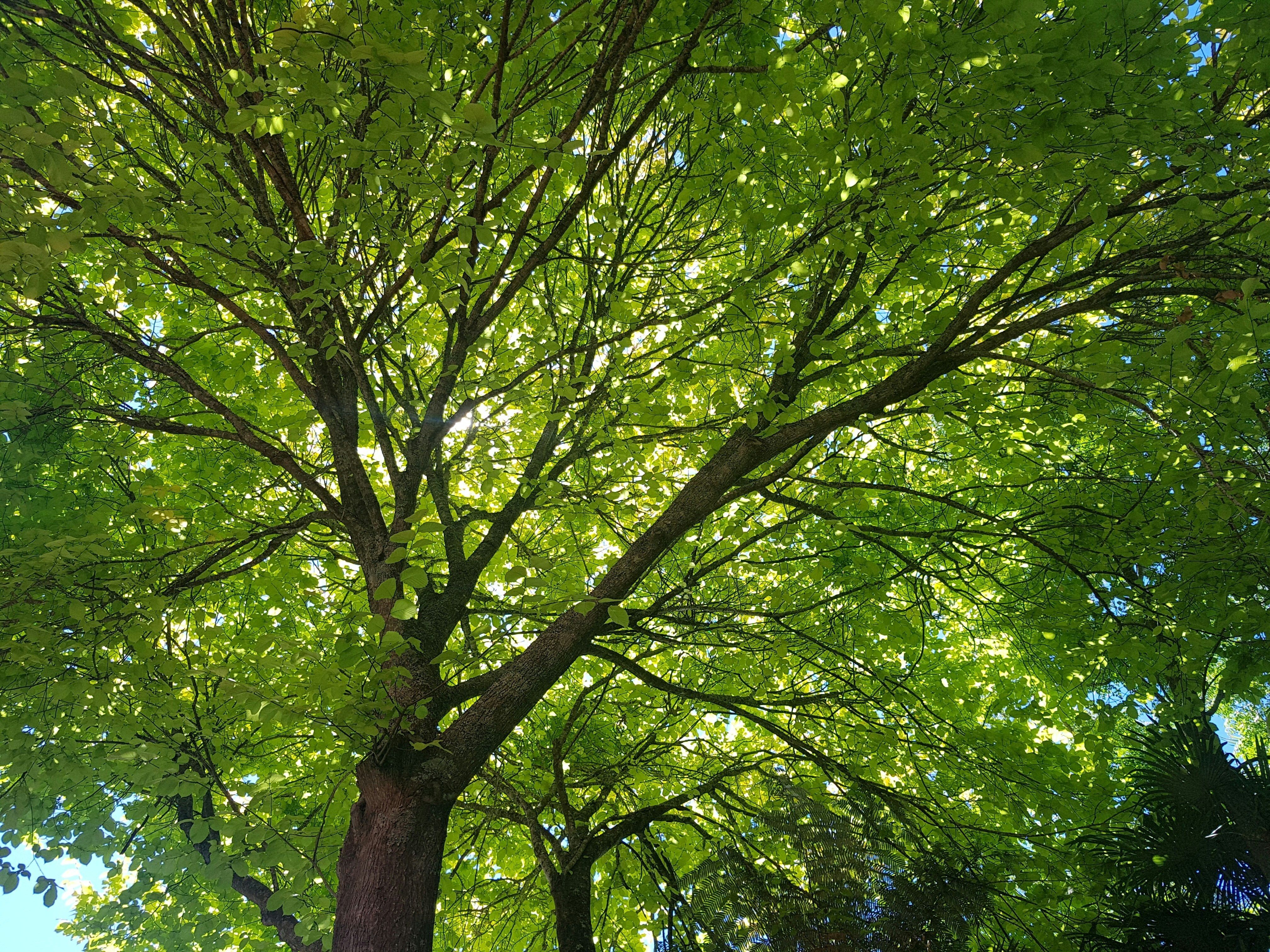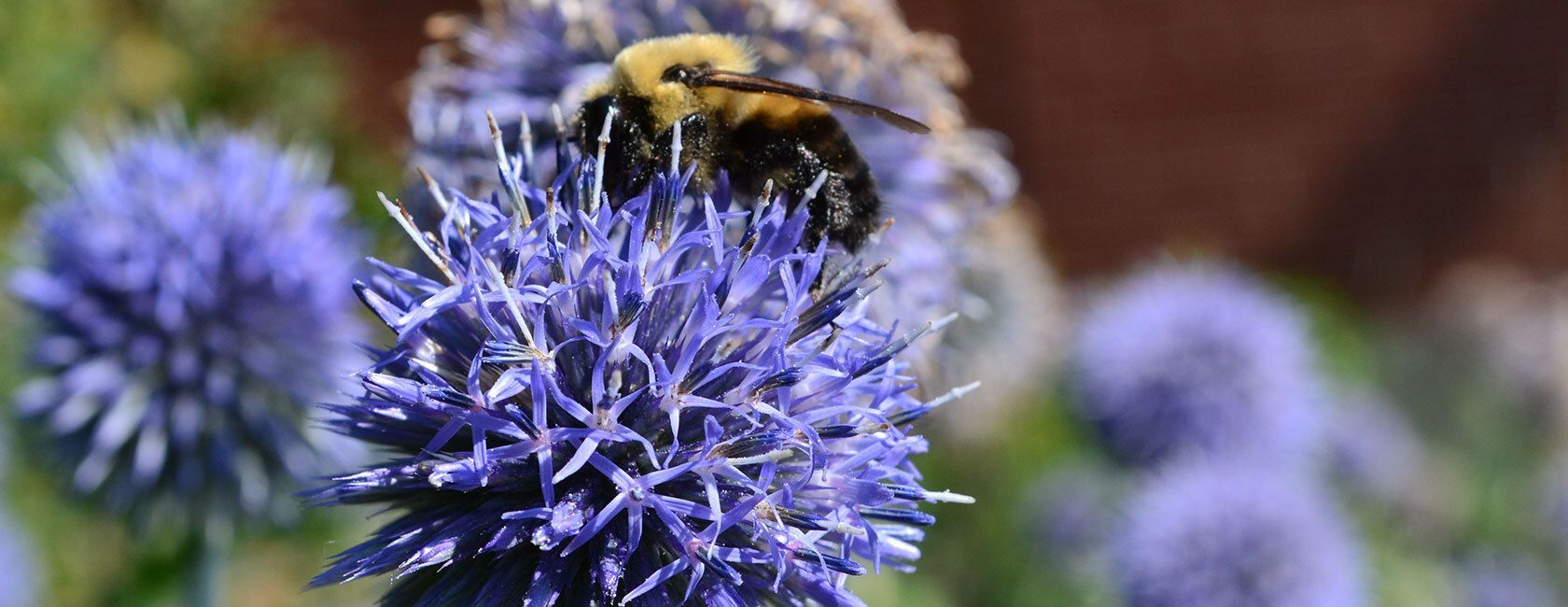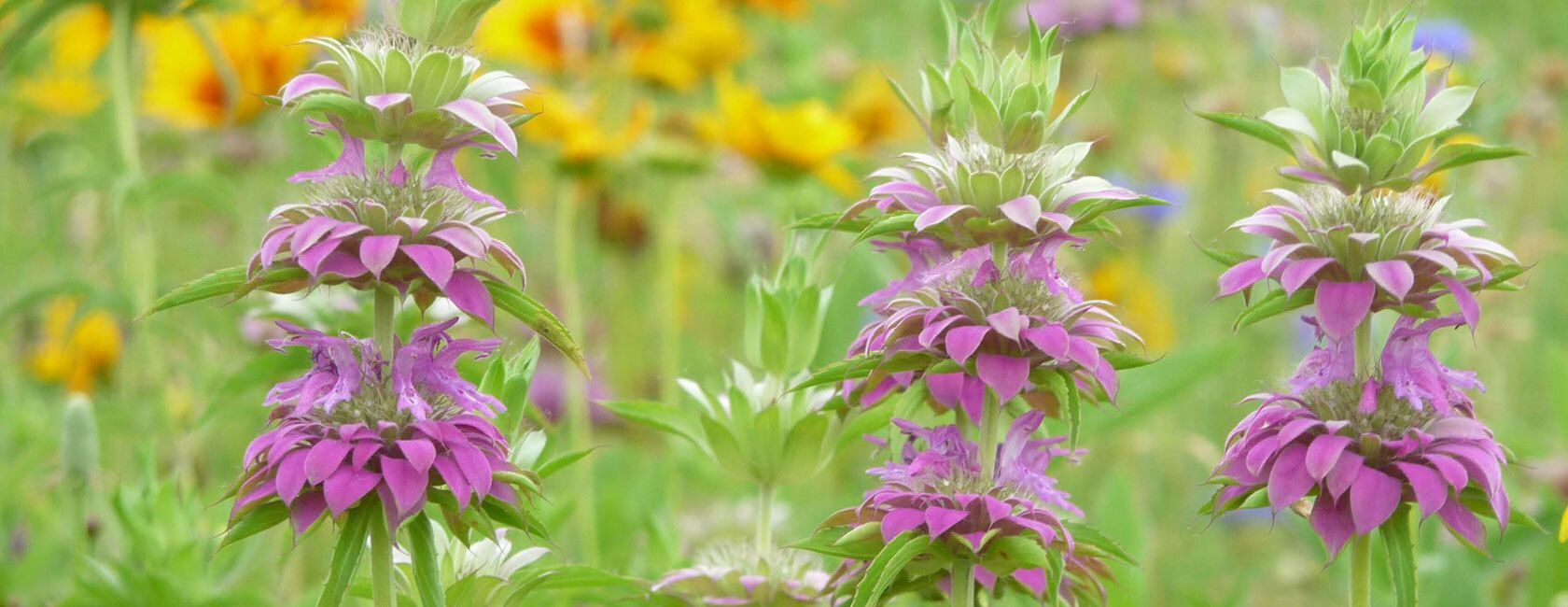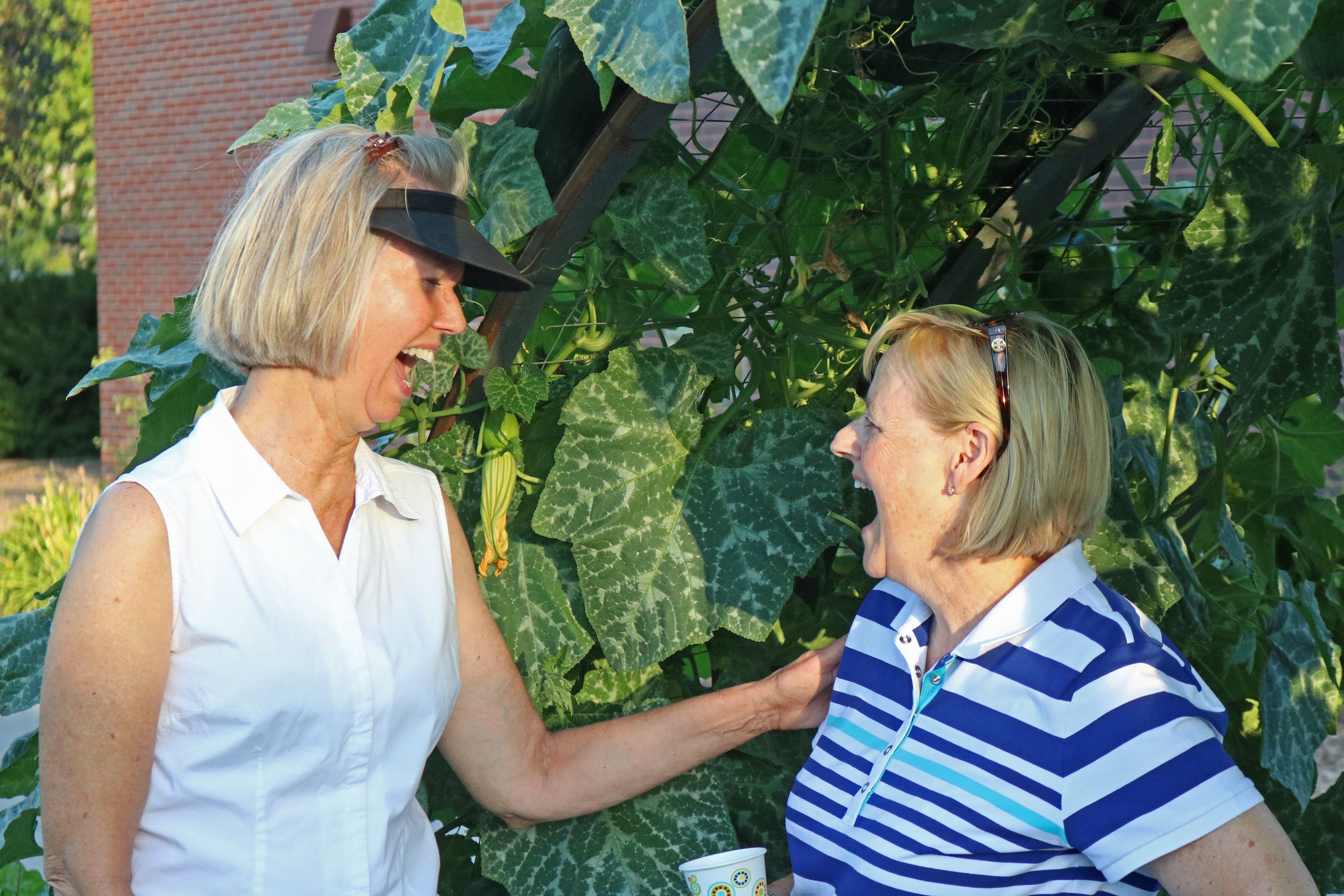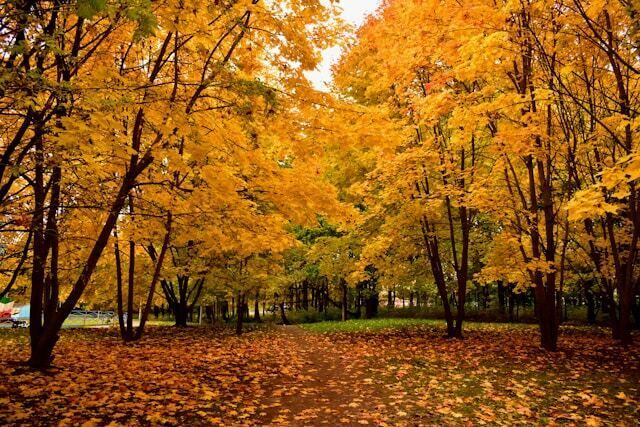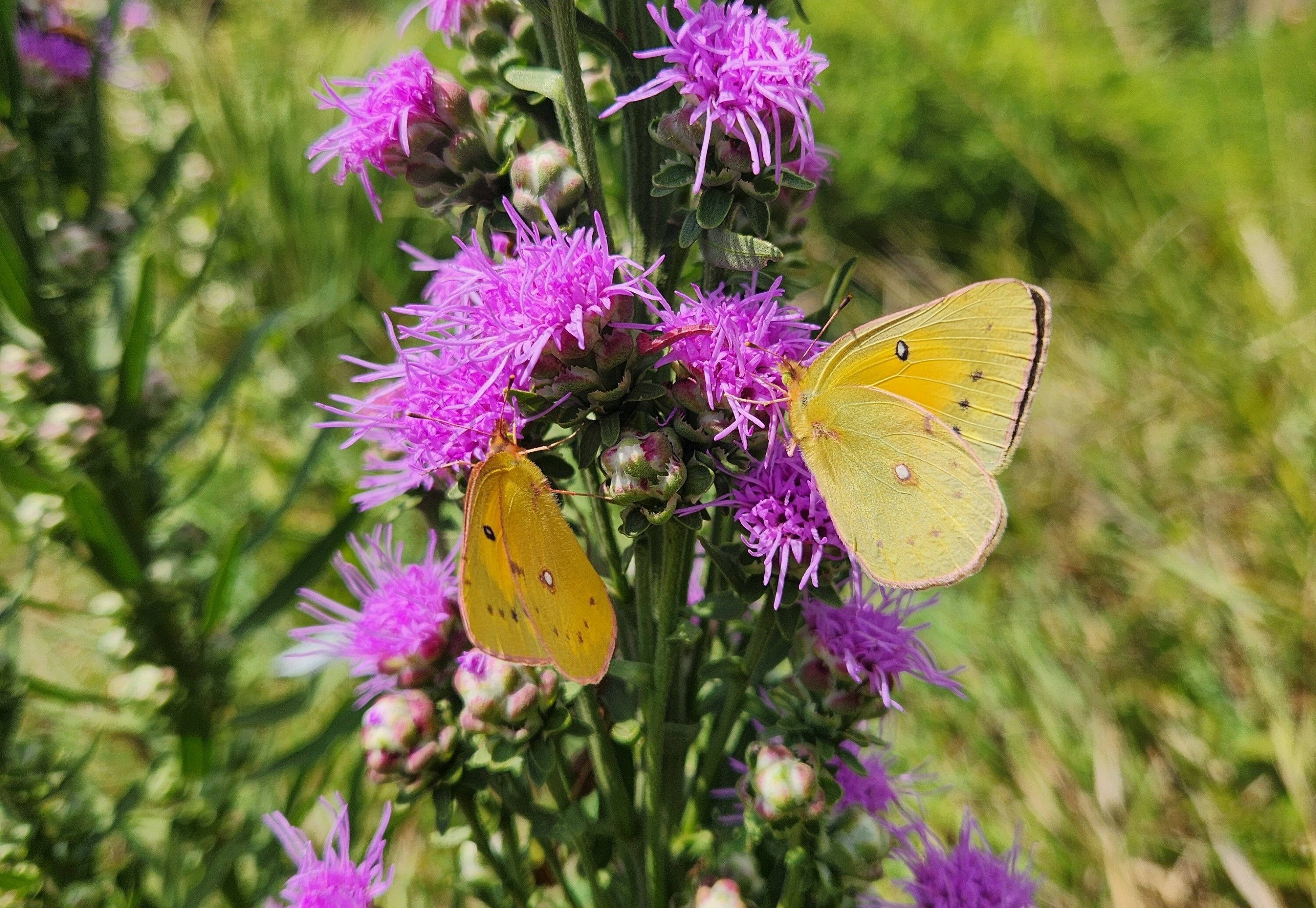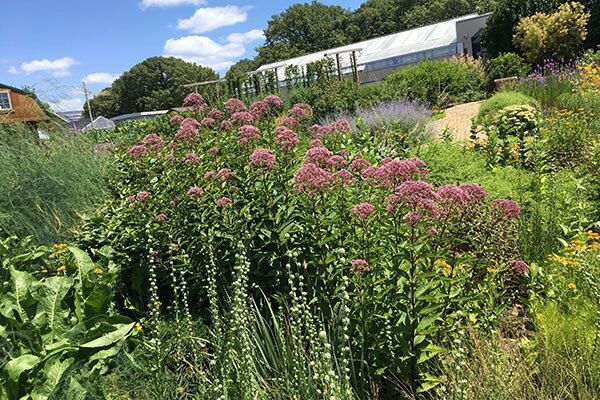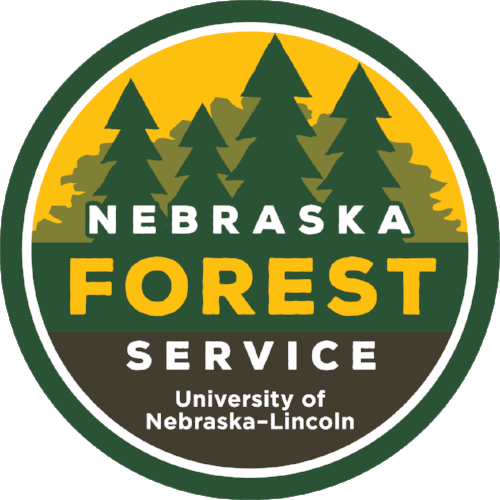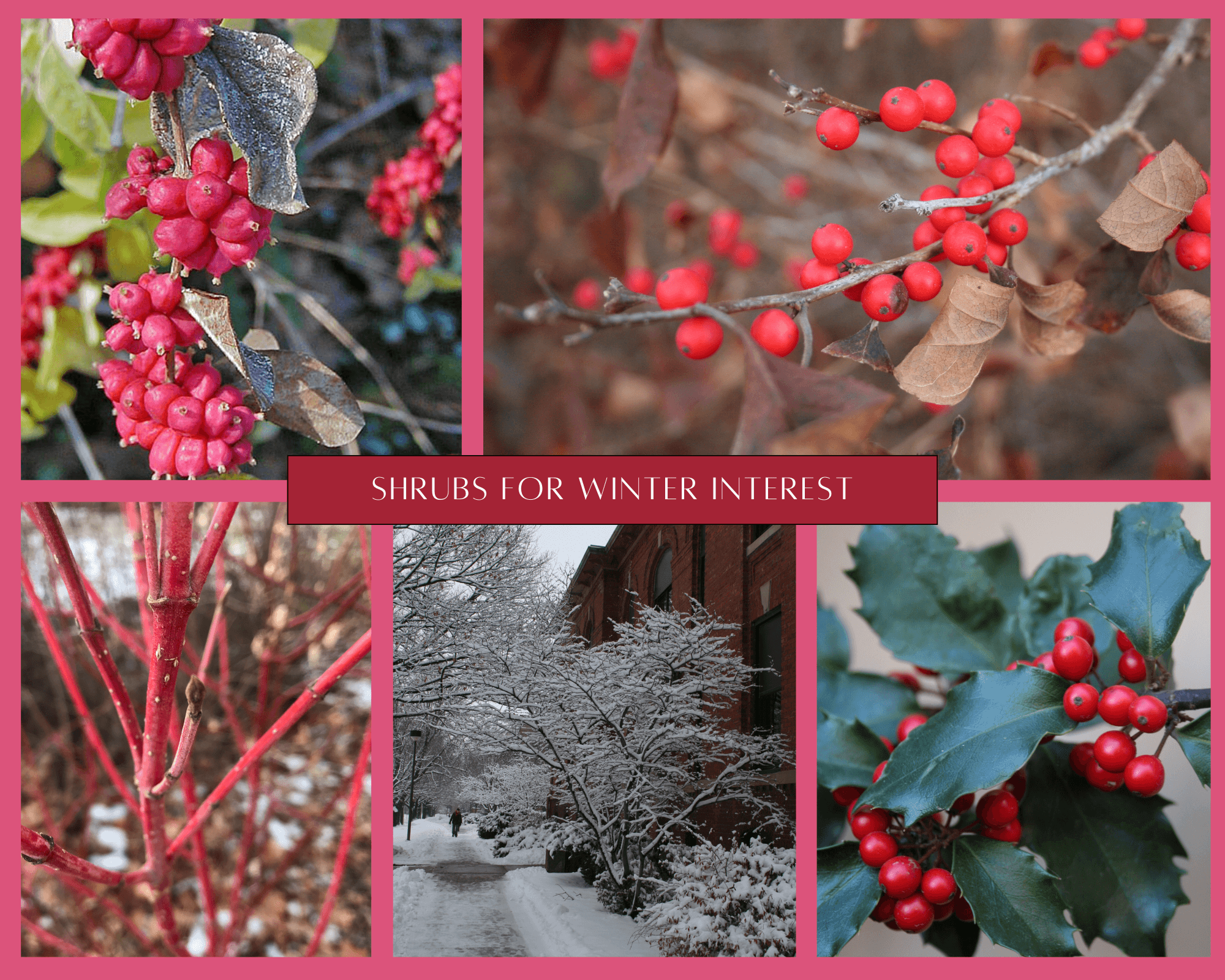
Pictured clockwise from top left: coralberry (Symphoricarpos orbiculatus), winterberry holly (Ilex verticillata), Meserve holly (Ilex x meserveae), shadblow serviceberry (Amelanchier canadensis) and red twig dogwood (Cornus sericea).
When we're deep in the doldrums of winter, we tend to seek out color and beauty wherever we can find it in the drab landscape that surrounds us. We might be surprised to find, when we look more closely, that there is indeed vibrant color and interesting textures to be found in the trees and shrubs in our own backyards and neighborhoods.
If you're looking to add a bit more winter interest to your landscape, consider one of these five shrubs/small trees.
Coralberry (Symphoricarpos orbiculatus) -- This small (3-5 feet high), mound-shaped deciduous shrub offers a bounty of pinkish-red berry clusters, or drupes, that last throughout most of the winter, providing food for a wide variety of birds, which also seek protection within its arched branches. In the spring, its bell-shaped white flowers provide nectar for bees, wasps and flies, and its foliage provides food for the caterpillars of several moth species.
The berries contain the toxic chemical saponin (so don't eat them!), which were used by Native Americans, who would catch fish by crushing coralberry and other plants that contain saponin and then soaking the crushed plants in a lake or a stream, which caused the stunned or dead fish to float to the top of the water.
Coralberry prefers full to part sun and soil ranging from medium-moist to dry. It spreads by suckering runners, so it's best to remove these to prevent unwanted spread. To keep the bush compact, you can cut it back to knee-high every 5 to 10 years. If you find your coralberry looks too leggy, you can cut it back to the ground, and it will come back bushier and with more berries the next year.
Red Twig Dogwood (Cornus sericea) -- You'll recognize red twig dogwood (also called red osier dogwood) from its bright red stems, which stand out in the winter landscape like red licorice sticks poking up from the snow.
According to Bob Henrickson, NSA Horticulture Program coordinator, this shrub was somewhat overplanted back in the 80s and 90s and lost favor in the last decade or more due to its susceptibility to a canker disease. However, the good news is that newer cultivars ('Cardinal,' 'Arctic Fire' and 'Isanti') are more resistant to cankers. Red twig dogwoods can get stressed from heat and excessive dryness, as well as from poorly drained or heavy clay soil, all of which increase the plant's susceptibility to canker disease. They prefer organically rich, fertile, consistently moist soils in full sun or part shade. This loose, spreading, multi-stemmed shrub grows to 6-12 feet high, offering dense, flat-topped clusters of creamy-white blossoms that are followed by umbrella-shaped clusters of pea-sized white berries.
Winterberry Holly (Ilex verticillata) -- This shrub offers a profusion of bright red berries (technically drupes) from late fall and into the winter that are favored by a variety of birds. There's a catch though: winterberry holly is dioecious (Greek for “two houses”), which means each individual plant bears only one type of flower. The male plants have the flowers with the pollen, and the female plants have the flowers that will turn into the berries. This means you'll need to plant both male and female varieties, and the male must be the same species as the female and bloom at the same time, in order to get the berries. Try Jim Dandy Winterberry (male) to pollinate Red Sprite Winterberry (female). You should need only one male shrub to pollinate up to three females.
This upright, medium-sized shrub (6-10 feet high) does not have the typical sharp-toothed, evergreen leaves of the "Christmas" holly (the purplish-green foliage will turn black and drop after the first frost), and its tiny flowers are not particularly noteworthy, but its vibrant berries just when we are most craving color make up for its ho-hum aesthetics during the rest of the year. Winterberry holly will tolerate a variety of soils and poor drainage, but thrives best in acidic, moist to wet soils and in full sun to part shade.
Meserve Holly (Ilex x meserveae) -- Unlike winterberry, this hybrid holly has the "Christmasy" spikey, shiny leaves that one often associates with holly. This one also offers vibrant red berries, and it too needs both a male and female plant to produce fruit (one male shrub to pollinate every three female shrubs). 'Blue Prince' (male) and 'Blue Princess' (female) are popular cultivars with blue-green foliage. Meserve holly prefers full sun to part shade and does best when it can get afternoon shade in hot climates. It typically grows 6-8 feet tall, but can reach 15 feet at times.
Shadblow Serviceberry (Amelanchier canadensis) – The 2024 GreatPlants of the Great Plains Tree of the Year, shadblow serviceberry starts off as a relatively slow-growing, multi-stemmed shrub, eventually maturing into a small tree (15-20 feet high) that thrives best in medium to moist well-drained soil and full sun to part shade. In late spring, its fragrant, white flowers give way to bunches of blueberry-size fruit, which turn red and then a dark, purple-black in the fall. Offering fiery red-orange color in autumn and a graceful, sculptural structure during the winter, shadblow serviceberry truly offers four seasons of beauty in the landscape.
Interesting in learning more about shrubs that thrive in Nebraska? Download Top Ten Native Fruiting Trees and Shrubs for Wildlife, Native Trees and Shrubs for Nebraska and Shrubs for Nebraska.

